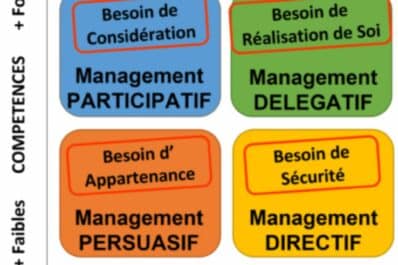
How the agile method is revolutionizing transition management
Based on collaboration and autonomy, the agile method works without a project manager. Only two roles are defined within the team:
- The scrum master who verifies the application and implementation of the method and who coordinates the different members of the team
- The product owner who represents the client and who is the link between the end user and the members of the project team.
These roles do not imply a hierarchical link, the agile method operating on the principle of “leader at the service of others”.
In this context, how can an interim manager find his place in a project carried out using the agile method?
What is the impact of transition management in a project carried out using an “agile” method?
Users of the agile method are unanimous: if its principles are childishly simple, its fields of application are complex and relatively technical. It often appears that a team, convinced of making the best use of the agile method, involuntarily wastes time, and finally delivers a project that does not meet the expectations of the end user: poor perception of priorities, breakdown into stages badly carried out…In a highly competitive context, the user has the possibility of switching from one supplier to another in a very simplified way. A poorly managed project can therefore have significant financial consequences.
This is why an external speaker, a seasoned specialist in the agile method , finds his place in a project carried out in scrum within a company.
It can be the implementation and development of software, but also the follow-up of a radically different project.
Within a project management team centered on the agile method, it may make sense to entrust an interim manager with the role of scrum master : in fact, his perfect knowledge of the specifics of the method allows him to collaborate effectively on project. He is able to contribute to the implementation of an adapted blacklog which takes into account the priority tasks to be carried out, then to the breakdown of a project into precise and modular sprints.
What it means for managers
An interim manager’s role is to be an effective conductor .
As such, the transition manager delegated to manage a project in agile mode is committed to optimizing everyone’s skills, ensuring attentive listening to the end user in collaboration with the product owner and supporting the project. efficiently.
A project carried out according to the agile method only works effectively when the different stages are scrupulously respected. It is up to the interim manager to ensure the rigorous implementation of the process.
The status of external collaborator of the interim manager allows him to have the necessary distance: this distance helps him in particular to discern skills hitherto untapped in certain collaborators, to make the interface between services which do not have the accustomed to collaborating, and above all to being outside the various political games.
































